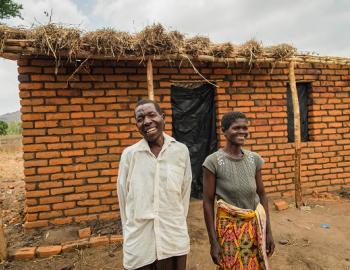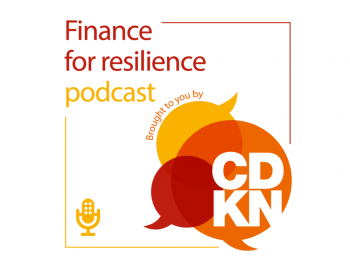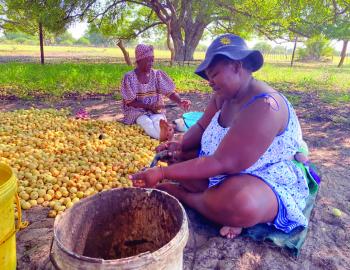Inside Story: Action on climate vulnerability - Lessons from Quito
Inside Story: Action on climate vulnerability - Lessons from Quito
Over the past century, Quito has experienced an average temperature increase of around 1.3°C. This change in the city’s climate patterns directly and indirectly affects ecosystems, agricultural production, infrastructure, water availability, and human health and security. Faced with such climate change impacts, the Metropolitan District of Quito (Distrito Metropolitano de Quito, DMQ) has shown leadership and commitment in integrated and sustainable climate compatible urban development. The Climate and Development Knowledge Network (CDKN) has been working with DMQ to progress the district’s strategic and priority scenarios for dealing with climate change.
Following assistance with the participatory design of Quito’s five-year Action Plan, CDKN has been assisting with a climate vulnerability study to consolidate separate pieces of research on climate impacts and vulnerability and to fill gaps in the knowledge base. The following case study describes for the first time the study’s methodology and some lessons learned, particularly the importance of sustained intersectoral coordination; involvement of, and thus ownership by, local technical experts and other stakeholders; and a successful fit with the local political context.
Key messages of this Inside Story include:
- The city of Quito is a good example of how climate vulnerability information can feed into the policy cycle and be translated into meaningful actions on the ground. Quito has demonstrated that developing city-level tailored indicators and key policy-relevant questions in a participatory manner, involving local authorities, local experts and external support, can build trust and facilitate institutional ownership of the information produced.
- Quito’s vulnerability evidence has been legitimised and taken up effectively in the Metropolitan District of Quito for two main reasons:
- First, the methodology and final outputs responded to the Municipality’s demands, needs and priorities; and
- Second, technical authorities from the Municipality were active participants in the process rather than just recipients of information.
- Quito has enhanced its practical implementation of climate adaptation solutions by identifying options that take account of the diversity of views and sources of evidence, as well as both women’s and men’s individual understanding of climate change vulnerability.



